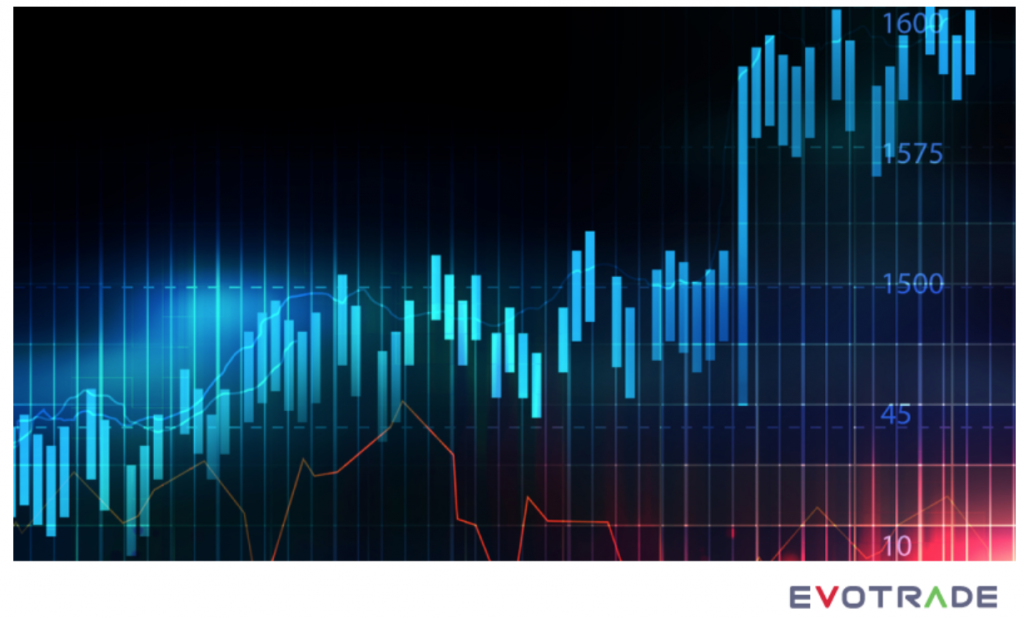The concepts of liquidity and illiquidity are frequently used by those active in the fields of investment and business operations. In the most general terms, illiquidity means a condition in which a particular asset cannot be sold for its market price, and, in order to vend it, the holder of such should significantly decrease its value. The reasons causing the illiquidity may be of the most various nature, from a general decrease in trading activities to the lack of interest in a particular asset and many other factors. As soon as such a determinant gets in power, illiquidity manifests itself in the lack of investors or other agents ready to acquire the asset. An apparent result of such an adverse situation is the decrease in the volumes of trading complemented by the increase in price volatility.

Explanation.
The assets become illiquid in the lack of agents interested in acquiring or exchanging them. Such a situation caused an increase in disparities between the price initially determined by the seller and the one that the potential buyers are ready to offer. In the orderly markets where trading activities develop daily, such a configuration generates a rise in bidding-asking spreads. The agents who are holding the assets that turn out to be illiquid risk experiencing significant losses, which can be even greater in case if the investors are seeking quick operations.
When talking about business, the concept of illiquidity is usually applied to denote the companies lacking the sufficient cash flows that would allow them to cover the debt payments. Meanwhile, it does not necessarily mean that such organizations do not have assets at all. Hence, in most cases, they possess capital assets with a considerable value. However, selling them is a challenging task, which puts the organizations in a difficult position when they face the need for cash.
Since these assets are not attributed to the company’s products or services, by vending them, it does not perform its typical operational functions but rather resorts to the last possible means of obtaining funds it needs to prevent bankruptcy. In such cases, the company’s capital assets acquire the status of illiquid assets since the prices at which they are sold get far below their actual market value.
Examples.
First and foremost, as the previous paragraph indicated, the organization’s capital assets and other possessions that do not belong to the scope products in the selling of which it is involved are the primary illiquid assets it vends in case of necessity. The list of these items could include real estate, company interests, vehicles, equipment, and other possessions the company does not typically sell in terms of its normal operations. Additionally, it could include stocks traded based on the OTC model since their vending is targeted at a relatively narrow pool of buyers who are less interested in acquiring these assets than other similar items.
Meanwhile, as their name logically suggests, liquid assets pose a complete opposite to the illiquid ones. They are easily sold at their market prices, bringing profits to their holders. The examples of liquid assets include stocks, bonds, mutual funds, ETFs, lister commodities, and many other items the operations with which occur at the most renowned exchanges. Precious metals and stones could also complement this list.
However, even when selling the most liquid assets, one can face illiquidity if the exchange occurs in improper conditions. For instance, if you conduct the operations outside the typical business hours framework, you risk facing illiquidity due to a small number of active market participants. Besides, under the influence of outside factors, an asset’s liquidity can change significantly, especially if the asset in question is a collectible item, the value of which depends on its popularity.
Associated risks.
Illiquid assets are associated with significantly higher risks than their liquid counterparts. Liquidity risks become the highest during the periods of market turnouts that cause the disbalance between those selling and buying assets. In these periods, those holding illiquid securities can get into the unfavorable conditions of the inability to sell them without suffering considerable financial losses. One of the widespread means of mitigating risks associated with liquidity is the integration of liquidity premiums into the value of the assets. It means that the holders increase the items’ price to guarantee that they do not experience excessive losses in case if not all the assets are sold.
The most apparent risk associated with illiquidity is the company’s inability to pay its debts. There are many real-life examples of such situations. For instance, Jet Airways has been unable to cover its debts for several months since it had no liquid funds available to reach this objective. Therefore, even successful companies are not secure from the occurrence of such a situation.
Bottom line.
Illiquidity is one of the many risks that business and trading are associated with. It is important for individuals who plan to link their lives to these areas to understand the essence of this concept and the risks associated with it. Understanding the causes of illiquidity, a person can take the necessary measures to prevent their occurrence. Today, numerous online platforms provide comprehensive information on basic business and trading-related concepts. For example, you can find plenty of useful information in a specialized blog on the https://evotrade.com/ website. By taking care of your trading self-education, you will be able to significantly reduce the risks associated with a variety of adverse factors. Knowledge is a weapon, and it is critical if you want to make trading and investing your primary sources of income.













